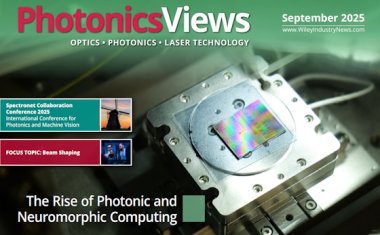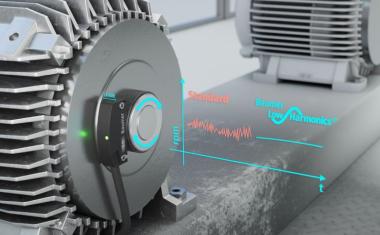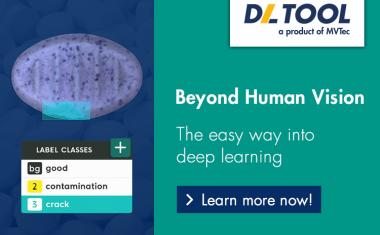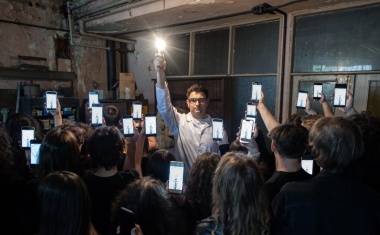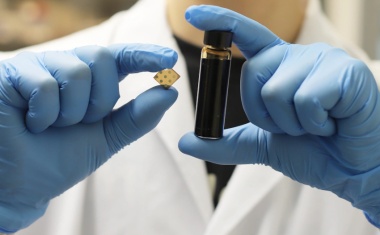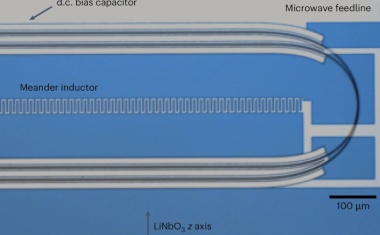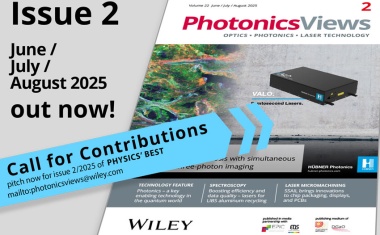A new kind of microcomb on a chip
New device could help discover exoplanets and detect diseases.
Tiny photonic devices could be used to find new exoplanets, monitor our health, and make the internet more energy efficient. Researchers from Chalmers University of Technology, Sweden, now present a game changing microcomb that could bring advanced applications closer to reality. A microcomb is a photonic device capable of generating a myriad of optical frequencies on a tiny microresonator. These colours are uniformly distributed so the microcomb behaves like a ruler made of light. The device can be used to measure or generate frequencies with extreme precision.
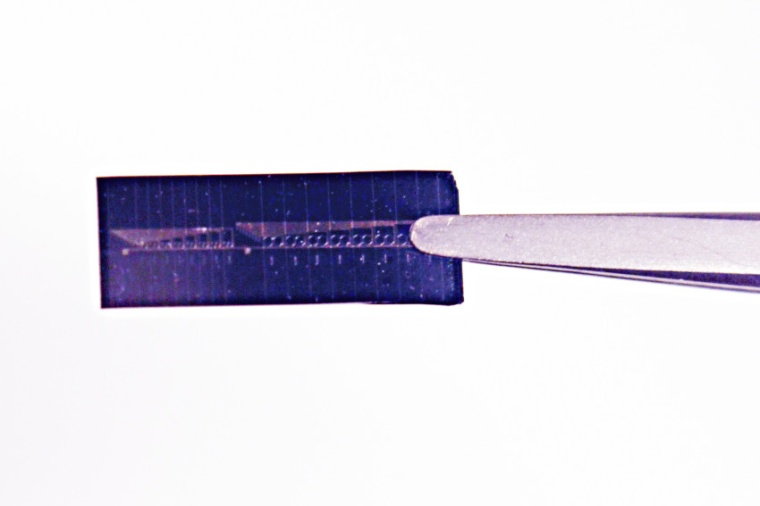
Now, eight Chalmers researchers developed a new kind of microcomb on a chip, based on two microresonators. The new microcomb is a coherent, tunable and reproducible device with up to ten times higher net conversion efficiency than the current state of the art. “The reason why the results are important is that they represent a unique combination of characteristics, in terms of efficiency, low-power operation, and control, that are unprecedented in the field,” says Óskar Bjarki Helgason, a PhD student at the Department of Microtechnology and Nanoscience at Chalmers.
The researchers are not the first to demonstrate a microcomb on a chip, but they have developed a method that overcomes several well-known limitations in the field. The key factor is the use of two optical cavities – microresonators – instead of one. This arrangement results in the unique physical characteristics. Placed on a chip, the newly developed microcomb is so small that it would fit on the end of a human hair. The gaps between the teeth of the comb are very wide, which opens great opportunities for both researchers and engineers.
Since almost any measurement can be linked to frequency, the microcombs offer a wide range of potential applications. They could, for example, radically decrease the power consumption in optical communication systems, with tens of lasers being replaced by a single chip-scale microcomb in data centre interconnects. They could also be used in lidar for autonomous driving vehicles, for measuring distances. Another exciting area where microcombs could be utilised is for the calibration of the spectrographs used in astronomical observatories devoted to the discovery of Earth-like exoplanets.
Extremely accurate optical clocks and health-monitoring apps for our mobile phones are further possibilities. By analysing the composition of our exhaled air, one could potentially diagnose diseases at earlier stages. “For the technology to be practical and find its use outside the lab, we need to co-integrate additional elements with the microresonators, such as lasers, modulators and control electronics.
This is a huge challenge, that requires maybe 5 to 10 years and an investment in engineering research. But I am convinced that it will happen,” says Victor Torres Company, who leads the research project at Chalmers. “The most interesting advances and applications are the ones that we have not even conceived of yet. This will likely be enabled by the possibility of having multiple microcombs on the same chip. What could we achieve with tens of microcombs that we cannot do with one?” (Source: Chalmers U.)
Link: Dept. of Microtechnology and Nanoscience, Chalmers University of Technology, Gothenburg, Sweden


